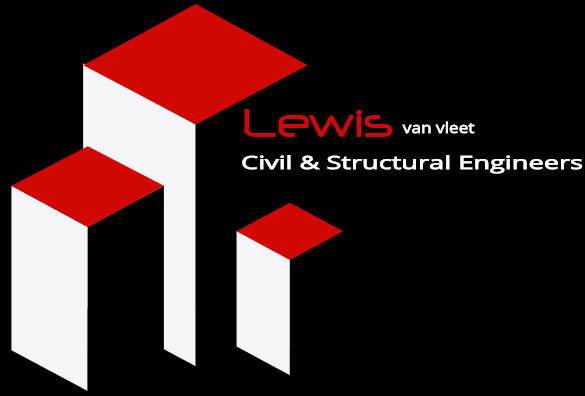THE NEW ASCE 7-16 WIND PROVISIONS
The 2018 International Building Code (IBC) has adopted the new ASCE 7-16 Minimum Design Loads and Associated Criteria for Buildings and Other Structures (Standard) and it is not just the title that is new. The 2018 IBC and the Standard should be widely adopted by 2019. Below are some of the highlights of the new wind provisions from the ASCE 7-16 Standard:
- New Updated Maps
- Based on new test data various regions have been revised.
- Ke Factor *New*
- The new factor, “adjust the velocity pressure to account for the reduced mass density of air as height above sea level increases” (July 2018 Structure Magazine). Most of our work at Lewis & Van Vleet, Inc (LVVI) has been in and around the Willamette Valley, therefore the Ke factor is 1.00. Some of our work has been in Bend, OR which has an elevation of 3,623 feet. In that region the wind would get reduced by a factor of approximately 0.86.

- Rooftop Equipment
- The ASCE 7-10 limited rooftop equipment to a mean roof height to h < 60 feet. ASCE 7-16 has eliminated this limitation thus making it acceptable for buildings for all heights. It should be noted that if an office building is designed for Risk Category II, but the equipment on the roof also serves a facility next door that is a Risk Category IV, then the equipment is design for Risk Category IV.
- Rooftop Solar Panels and Wind
- The past Standard did not have a provision specific to solar panels on roof. The new ASCE 7-16 Standard now provides guidance to the design of wind effects on solar panels. They have provided two methods for design – 1. low-sloped roofs (slope < 7 degrees) and 2. any roof slope.
- For h < 60 feet – Roof Pressure Coefficients and Attached Canopies round out the new and revised provisions.
Safety and reliability has been improved with these new provisions. The engineer will need to assess their previous design methods and adopt those set forth in the upcoming Standard.

